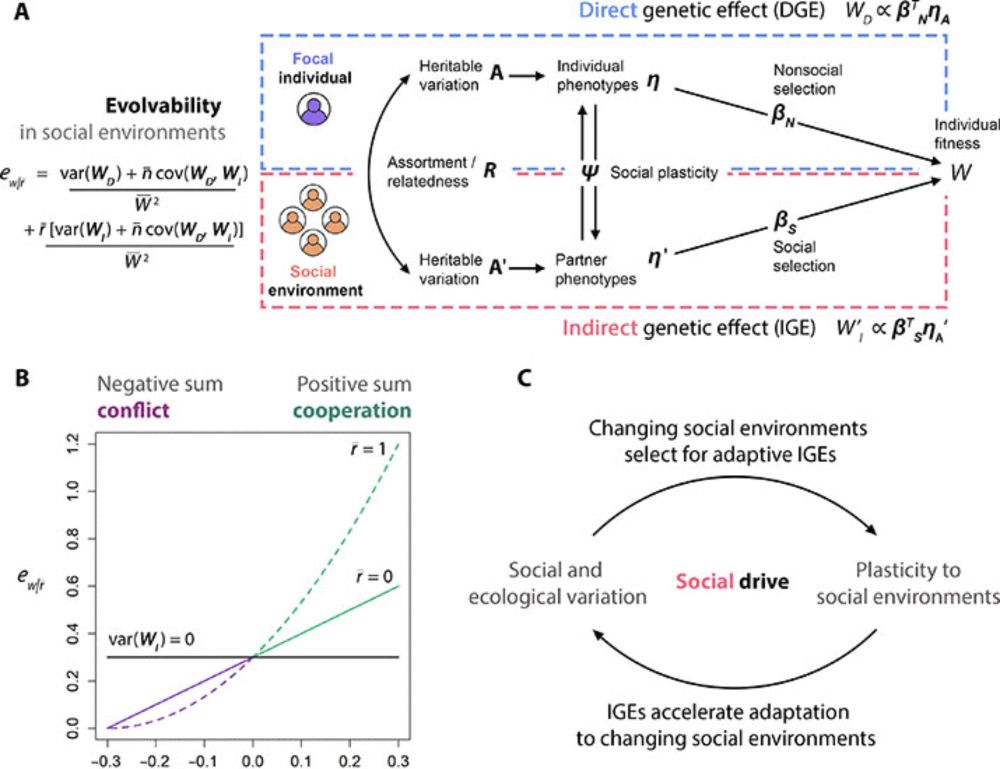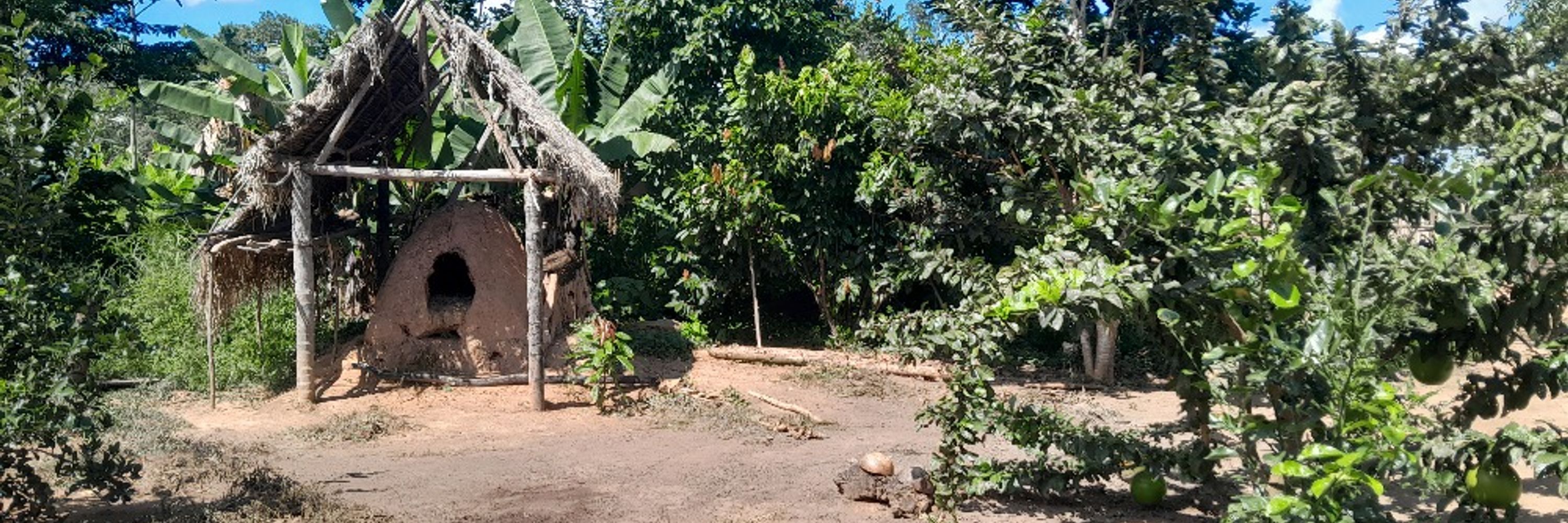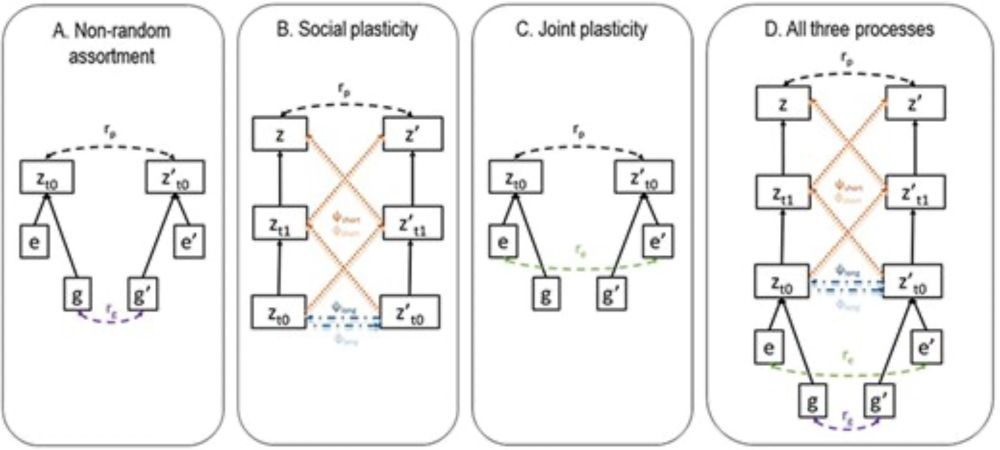Jordan S. Martin
@jsmartin.bsky.social
730 followers
180 following
26 posts
Evolutionary biologist, behavioral ecologist, data scientist. Postdoc @ Fish Ecology and Evolution, Eawag.
Interested in individual differences, phenotypic plasticity, and the interaction between social, ecological, and evolutionary dynamics.
Posts
Media
Videos
Starter Packs
Pinned
Jordan S. Martin
@jsmartin.bsky.social
· Jul 30

Indirect genetic effects among neighbors promote cooperation and accelerate adaptation in a small-scale human society
Social effects on fertility promote population growth and the evolution of flexible cooperation in a small-scale human society.
www.science.org
Reposted by Jordan S. Martin
Jordan S. Martin
@jsmartin.bsky.social
· Aug 20

Cross-species implementation of an innate courtship behavior by manipulation of the sex-determinant gene
In accepting a courting male, Drosophila subobscura females require nuptial gift giving in which a male gives regurgitated crop contents to her mouth to mouth. No similar behavior is found in D. melan...
www.science.org
Jordan S. Martin
@jsmartin.bsky.social
· Aug 11

Detecting context dependence in the expression of life history trade‐offs
This proof-of-concept paper highlights that the context dependence of trade-offs can be successfully detected, hence potentially improving our understanding of life-history theory. Photo credit: Arpa...
besjournals.onlinelibrary.wiley.com
Jordan S. Martin
@jsmartin.bsky.social
· Aug 11

Covariance reaction norms: A flexible method for estimating complex environmental effects on trait (co)variances
Estimating quantitative genetic and phenotypic (co)variances is crucial for investigating evolutionary ecological phenomena such as developmental integration, life history trade-offs and niche spe...
besjournals.onlinelibrary.wiley.com
Reposted by Jordan S. Martin
Reposted by Jordan S. Martin
Jordan S. Martin
@jsmartin.bsky.social
· Jul 30

Indirect genetic effects among neighbors promote cooperation and accelerate adaptation in a small-scale human society
Social effects on fertility promote population growth and the evolution of flexible cooperation in a small-scale human society.
www.science.org
Jordan S. Martin
@jsmartin.bsky.social
· Jul 30
Jordan S. Martin
@jsmartin.bsky.social
· Jul 30
Jordan S. Martin
@jsmartin.bsky.social
· Jul 30
Jordan S. Martin
@jsmartin.bsky.social
· Jul 30

Indirect genetic effects among neighbors promote cooperation and accelerate adaptation in a small-scale human society
Social effects on fertility promote population growth and the evolution of flexible cooperation in a small-scale human society.
www.science.org
Jordan S. Martin
@jsmartin.bsky.social
· Dec 16
Reposted by Jordan S. Martin














